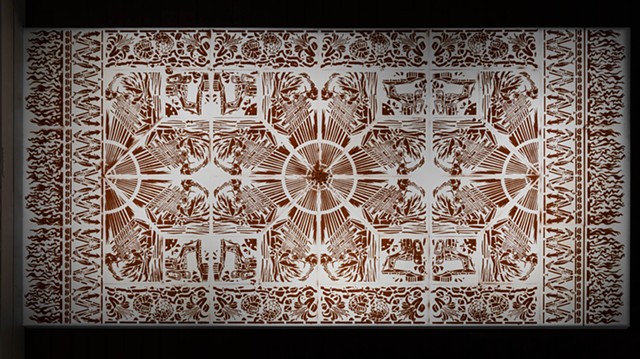Kang Ya-Chu
Kang Ya-Chu
Ya-chu Kang (Taipei, Taiwan) is an interdisciplinary artist whose practice focuses on the relationship between humans, nature, and their intersection with social issues. Her ongoing textile cultural history research highlights the rich connection between craft and physical labor and its junction with trade and social structures. Projects often question how contemporary circumstances influence our understanding of tradition, affect economies and impact natural environments. Travel and residency experience implicitly shape her perception, and exhibition themes often reflect site-specific concerns of materials, processes, education, and community-based collaborations.
Kang is a recipient of the 2007 Freeman Fellowship Program of Vermont Studio Center, the 2008 Asian Cultural Council Fellowship Program, the 2014 Lung Yingtai Cultural Foundation Fellowship Program, and numerous AIR Fellowships for her cultural research. Since 2006 she has exhibited works locally in Taiwan and internationally in Japan, Europe, North America, and South Asia. Kang has researched textile culture in Japan, Peru, Thailand, and India with her publications, including Textile Map Volumes 1, 2, and 3.
Kang Ya-Chu Website
Dirt Carpet #9 - Taitung, 2020, Mountain dirt
The concept of this installation originated from the Taitung city's location, which is surrounded by mountains and faces the sea where one can see the first sunrise from the Pacific Ocean. It is a stunning natural landscape, a traditional settlement of aboriginal cultures, and a rich natural resource that has attracted land development company interest. The ongoing construction process has caused ecological concerns and controversy, indirectly destroying the beaches and marine environment.
Dirt Carpet #9 is dirt and crushed stones shaped into repeating and symmetrical patterns. The sun and rays of light in the center mimic the warp yarns of the backstrap weaving loom. This type of loom uses two beams to hold the warp yarns, which attach to a strap passing across the weaver's back and are fixed at the waist. This weaving method is popular among many indigenous cultures in various countries.
Patterns include daylilies, sugar apples, bonito fish, pottery spinning wheels, and agricultural artifacts unearthed from the prehistoric ruins, in addition to construction-related images. The installation incorporates unpredictable external forces as time passes, how life responds to action, and intervention changes patterns. Location: Taitung Art Museum, Taitung, Taiwan.
This series has been presented in Taiwan, Thailand, Turkey, Portugal, UK, and Hong Kong. It utilizes the shift of patterns and materials to tell a story and provide a new physical experience for audiences.
